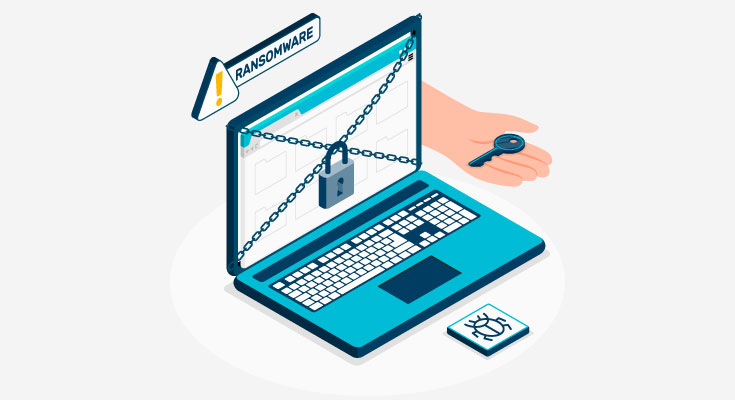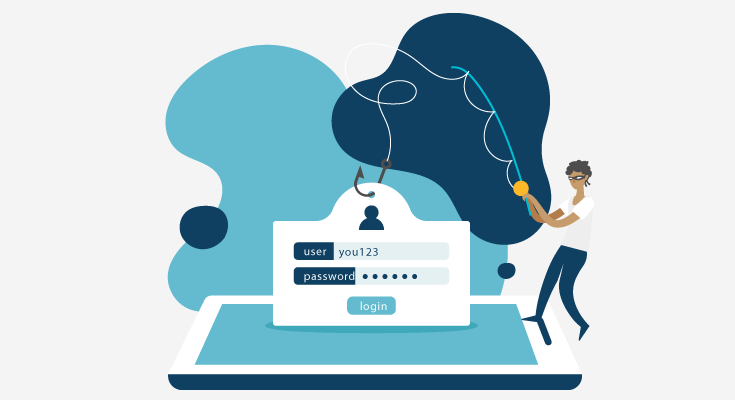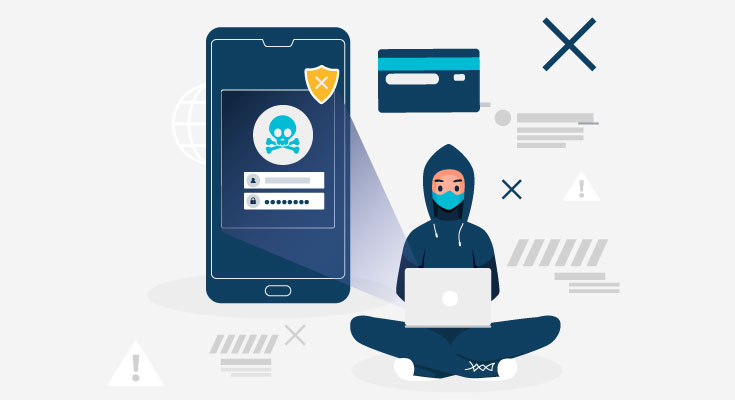Financial fraud is a pervasive challenge in today’s interconnected and digital world. As technology advances, so do the techniques employed by fraudsters. Traditional methods of fraud detection are often insufficient to keep up with the evolving tactics of malicious actors. This is where machine learning (ML) plays a crucial role, offering a proactive and adaptive approach to identify and mitigate financial fraud.
In this blog post, we will explore how businesses can harness the power of machine learning for more effective and efficient financial fraud detection.
Understanding Financial Fraud
Before delving into the application of machine learning, it’s essential to comprehend the types of financial fraud that organizations face. Common examples include credit card fraud, identity theft, account takeover, and fraudulent transactions.
Traditional rule-based systems typically struggle to keep up with the dynamic nature of these fraudulent activities.
Machine Learning in Financial Fraud Detection
1. Data Pre-processing
Start with collecting and pre-processing data. Clean, relevant, and comprehensive data is crucial for the success of any machine learning model. Utilize historical transaction data, customer profiles, and other relevant information to train your model.
2. Feature Engineering
Extract meaningful features from the data that can help the model distinguish between legitimate and fraudulent transactions. Features may include transaction amount, frequency, location, device information, and user behavior patterns.
3. Supervised Learning Algorithms
Train your machine learning model using supervised learning algorithms. Commonly used algorithms include Decision Trees, Random Forests, Support Vector Machines (SVM), and Neural Networks. Train the model on labeled data, where each transaction is marked as either legitimate or fraudulent.
4. Anomaly Detection
Implement anomaly detection techniques to identify unusual patterns or outliers in the data. Unsupervised learning algorithms, such as clustering or isolation forests, can be effective in detecting deviations from normal behavior.
5. Behavioral Analysis
Leverage machine learning to analyze user behavior and detect deviations from normal patterns. This could include changes in spending habits, transaction times, or the use of unfamiliar devices.
6. Real-time Monitoring
Implement real-time monitoring systems that continuously analyze incoming transactions. Machine learning models can quickly adapt to new fraud patterns and provide instantaneous alerts, enabling swift intervention.
7. Ensemble Methods
Combine multiple machine learning models using ensemble methods to improve overall detection accuracy. Ensemble techniques, like bagging and boosting, can enhance the robustness of the fraud detection system.
8. Continuous Model Updating
Financial fraud tactics evolve over time, so it’s crucial to continuously update and retrain machine learning models. Regularly incorporate new data and adjust the model to stay ahead of emerging threats.
9. Imbalanced Data
Address the challenge of imbalanced datasets by employing techniques such as oversampling the minority class or using synthetic data generation.
10. Explainability
Ensure the interpretability of machine learning models, especially in industries with regulatory requirements. Transparent models can help in explaining the reasoning behind fraud alerts.
11. Integration with Existing Systems
Seamlessly integrate machine learning-based fraud detection systems with existing fraud prevention infrastructure, ensuring a smooth transition and coexistence with legacy systems.
Conclusion:
Machine learning offers a powerful arsenal in the fight against financial fraud. By harnessing the capabilities of advanced algorithms, businesses can enhance their fraud detection capabilities, adapt to evolving threats, and safeguard their financial ecosystems.
As the digital landscape continues to evolve, leveraging machine learning for financial fraud detection becomes not just a competitive advantage but a necessity for maintaining trust and security in the financial industry.









